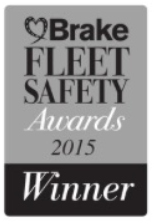Protecting Yourself: A Guide to Staying Safe on a Construction Site
Construction sites can be dangerous places. In order to ensure that construction workers and visitors stay safe, it is important for everyone to familiarize themselves with construction site safety protocols and procedures and maintain active risk management.
All construction sites should have a workplace safety plan that is reviewed and followed by everyone on site.
Understanding the safety rules and implementing them can help prevent accidents and injuries.
This guide will provide some tips for staying safe on a construction site.
Health and Safety Standards
With so many risks, construction site safety regulations and rules should always be the first priority.
Everyone on construction sites need to abide by health and safety standards, these include:
Wearing Personal Protective Equipment (PPE): This includes hard hats, safety goggles and boots.
Understanding the Hazards: Workers need to be aware of any potential hazards in the site and how to avoid them.
Keeping it Clean & Tidy: Sites should be well-maintained and free from trips, spills and obstructions.
Working in Teams: Whenever possible, workers should use the buddy system when working onsite. In doing so, they can watch out for each other and help ensure that everyone is safe.
Emergency Procedures: It is important to know the emergency procedures of a site before you start work, including evacuation routes
Know Your Limits: Knowing your limits is important in order to stay safe on a construction site. Construction workers should never take risks or engage in activities that they are not trained to do. It is important to be mindful of one’s own abilities and stick within them.
Ultimately, by following the safety protocols and procedures in place, everyone can work together to reduce the risks involved in construction sites and make
Risk Assessments
Before starting any construction project, a risk assessment should be done to identify potential hazards and determine necessary safety protocols. Make sure that you are aware of all the hazards present on the site and follow safety procedures accordingly.
A risk assessment should be carried out every time there is a change in the nature of work, as new hazards can present themselves.
These should be carried out regularly and be reviewed as part of the weekly or monthly safety meeting.
Personal Protective Equipment
When working on a construction site, it is important to wear appropriate safety gear such as:
Hard hats,
Protective gloves,
Safety Goggles
Non-skid shoes
Steel Toed shoes
Wearing bright reflective clothing
Wearing proper safety gear will help protect you from any potential hazards.
Safety Orientation
Before beginning work, all construction workers should familiarize themselves with safety protocols and procedures.
This includes being aware of potential hazards, understanding the use of personal protective equipment, knowing emergency exit routes, and learning about safety signage.
It is also important to be aware of any hazardous substances that could pose a risk.
Supervision on site
Construction companies need to employ experienced personnel on a construction site who can provide guidance and instruction.
A safety executive should be trained in safety protocols and aware of potential hazards.
Construction sites should always have enough personnel to ensure that the job at hand can be completed safely and efficiently.
“Construction sites should always have enough personnel to ensure that the job at hand can be completed safely and efficiently. ”
Regular inspections by a qualified safety officer should also be carried out to ensure that all safety protocols are being followed.
Safety Training
It is vital that all construction site workers receive adequate safety training.
Relevant training should be given to all workers and all safety processes should be documented.
These safety measures are in place to protect workers and help ensure construction projects are completed without any incidents.
Safeguard Yourself
Construction workers should always take the necessary precautions to protect themselves from all potential hazards.
It is important you know the health and safety procedures within the construction industry you are working in and know the major risk areas.
Know your limits and don't engage in any activities beyond your capabilities. Working in teams or with a buddy system can help to minimize risks.
Emergency Response Plan
It is important to have an emergency response plan in place for any medical or fire emergencies.
Make sure everyone on the construction site is familiar with the plan and knows what actions to take in case of an emergency.
Stay Alert
Construction workers should always remain alert while working on a construction site. Be aware of your surroundings and pay attention to any potential hazards.
If something does not seem safe, speak up and report it to a supervisor immediately. By being proactive about safety, you can help keep everyone safe on the construction site.
Health and Safety Signs
Construction sites should have safety signs posted in visible locations. These signs can alert workers to potential hazards and remind them to follow safety protocols.
Safety signs such as:
No Smoking
Wear Hard Hat
Use Protective Gear
Keep Out
These signs should be posted in prominent locations.
Construction Vehicles
Construction vehicles can pose a major hazard on construction sites. Make sure that you are aware of the location of any moving vehicles and maintain a safe distance.
Always wear reflective clothing when in close proximity to these vehicles, and never cross over in front of them.
Many construction vehicles these days are fitted with safety cameras and vehicle safety solutions to help prevent accidents.
Manual handling
When lifting or moving heavy objects, make sure that you are using the correct technique and wear protective gear. Lift with your legs, not your back, and ask for help if necessary.
Never attempt to lift a load that is too heavy as this could lead to injury. Make sure you are aware of any manual handling protocols in place.
Heavy Loads
When moving heavy loads, make sure you are using the correct method and equipment. Never attempt to move a load by yourself as it can be dangerous.
Always use lifting equipment such as lifting trolleys or forklifts when necessary. If possible, try to divide large loads into smaller ones that can be moved more easily.
Some jobs have a physically demanding nature, so it’s important to take regular breaks and stay hydrated.
Musculoskeletal disorders
Musculoskeletal disorders such as back pain and repetitive strain injuries can occur due to the physical nature of work on a construction site.
“Make sure you are using the correct posture when working and take regular breaks”
Make sure you are using the correct posture when working and take regular breaks. If you feel any aches or pains, speak to a supervisor who can provide advice on how to prevent further injury.
Working Environment - Hazardous substances
Be aware of the working environment and avoid contact with hazardous substances such as dust, fumes, or liquids.
Make sure that you wear protective equipment such as masks or gloves when handling hazardous materials. If you feel any symptoms after coming into contact with a hazardous substance, seek medical attention immediately.
These environments can cause health issues such as skin irritation, respiratory problems, and eye-related issues.
Work related illnesses
All work related illnesses should be reported to a supervisor so that they can take the necessary steps to prevent any further harm.
Occupational cancers, such as asbestos-related cancers, may develop after working on a construction site. It is important to be aware of the potential risks and take steps to minimise them and know the harms these substances can cause.
It is important to remember that construction site accidents can have a human cost.
In cases of serious injury or death, seek legal advice if necessary.
5 health risks in construction
1. Musculoskeletal disorders – due to the physical nature of work on a construction site, musculoskeletal disorders such as back pain or repetitive strain injuries can be caused by incorrect posture when working or lifting heavy objects without help.
2. Working with hazardous substances – contact with dust, fumes and liquids, which can cause skin irritation, respiratory issues and eye-related problems.
3. Unsafe machinery/equipment – contact with moving vehicles, heavy objects or sharp tools can lead to serious accidents if safety protocols are not followed correctly.
4. Poor working environment – prolonged exposure to noise and vibration, poor ventilation and inadequate lighting can lead to
Occupational health and Safety Laws
Occupational health and safety laws are in place to protect construction workers and ensure that they are safe on the job.
All construction sites should have an emergency plan in place, so make sure you know what action to take if an emergency situation arises.
They should also have a comprehensive risk management plan in place to ensure that any risks are identified and managed correctly.
Potential Hazards
Trip hazards, falling objects, uneven ground surface and inadequate lighting can all contribute to accidents on a construction site.
Be aware of your surroundings and wear appropriate protective clothing such as steel-toe boots or goggles when necessary.
Work with the supervisors onsite to identify any potential hazards and take steps to minimise them.
What should you do if you have an accident on a construction site?
It is important to report any accidents or injuries to a supervisor immediately.
Make sure that you take pictures and detailed notes of the accident site, as this will be useful evidence if legal action needs to be taken.
Seek medical attention right away if necessary and keep all relevant documents such as receipts and medical records for future reference.
Construction site safety is of the utmost importance and should be taken seriously.
Construction Industry health and safety management
With most damaging occupational injuries occurring within the construction industry, it is essential that construction workers follow safety protocols to ensure that they stay safe whilst onsite.
By following the steps above, you can reduce the risks of accidents and injuries on a construction site. Awareness and vigilance are key when it comes to staying safe on a construction site!


















